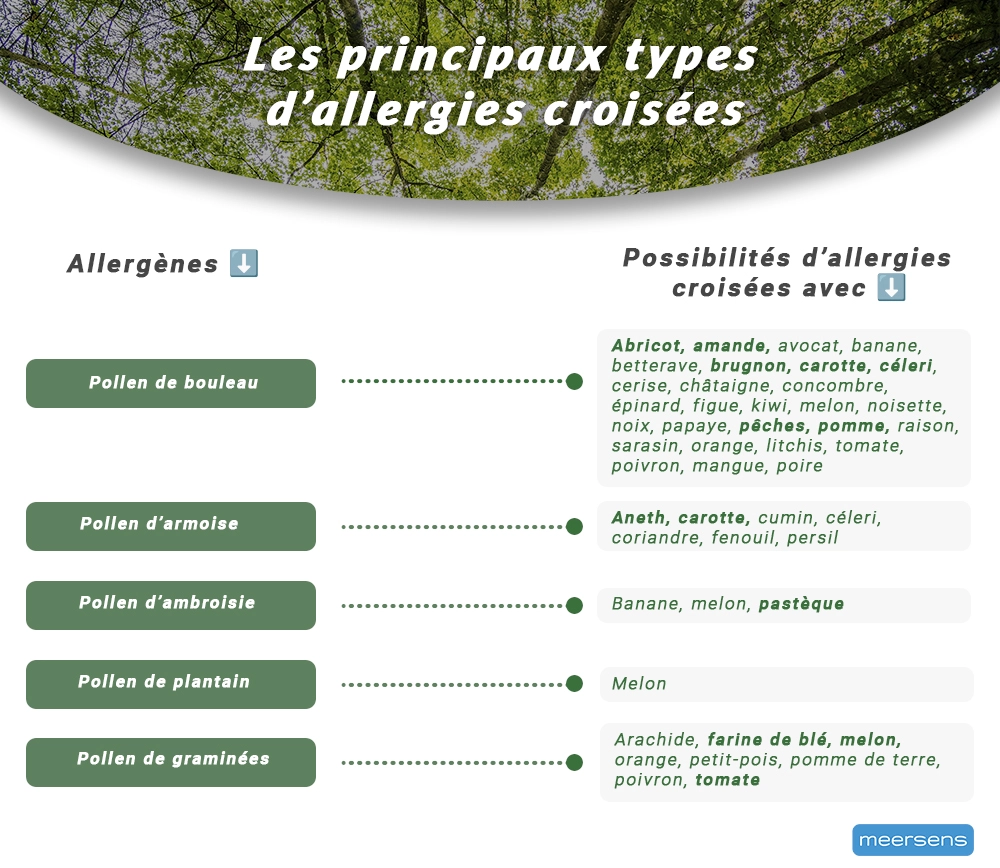Pollen API: 6 benefits of integrating it into your systems
Pollen API: 6 benefits of integrating it into your systems Meersens
Pollen is a fine, powdery substance produced by flowering plants and carried by insects or wind for reproduction. Although it is crucial for pollination and plant survival, pollen is the main source of respiratory allergies in the spring. This is why it is important to monitor pollen levels in the air.
Reading time: 3 minutes
Summary
Why monitor pollen?
The API of pollen, to improve the quality of life
Why monitor pollen levels?
Pollen levels in the air can vary greatly depending on weather conditions and seasonal plant activity.
High levels of pollen can have an impact on public health in general as it can cause health problems for many people (mainly asthmatics): sneezing, itching, runny nose, asthma and breathing problems. These symptoms can be very uncomfortable and can even affect a person’s quality of life.
Pollen can also cause cross-allergies. These occur when an allergic person exposed to pollen reacts to another substance such as a fruit, vegetable or other pollen because they contain similar proteins.
Allergens and cross-allergy possibilities

By monitoring pollen levels, people with an allergic reaction can take precautions to avoid areas with high levels and can also adjust their treatment accordingly if necessary (e.g. by taking antihistamine medication or avoiding environmental triggers). It is also possible to better understand the health and environmental impacts and take steps to minimize the risk of allergies.
The API of pollen, to improve the quality of life
❓Pollen API, what is it?
In simple terms, a pollen API is a service that provides information about pollen levels in a given area. The data is collected in real time by strategically placed pollen sensors, then processed and provided to users via an app or website.
✅ The 6 advantages of using a pollen API
👉 Quick and easy access to data
A pollen API provides quick and easy access to real-time pollen monitoring data, without having to go through a manual data collection and processing process. Data can be collected, processed and disseminated automatically, without requiring human intervention and thus saving time and resources.
👉 Details of the data
The Pollen API provides accurate and reliable data on pollen levels allowing users to obtain real time information on pollen levels, helping to identify pollen sources and high risk areas.
💡 Pollen APIs are usually powered by reliable data sources, such as meteorological agencies and research institutions. This means that the data provided by the API is more accurate and reliable than generic pollen forecasts available online.
👉 Pollen peak period forecasts
Pollen APIs can provide pollen forecasts for the coming days. These forecasts can be used by allergy sufferers, businesses and organizations to plan their activities or implement actions to minimize pollen exposure.
👉Easy integration into information systems
Pollen APIs are designed to be easily integrated into different types of platforms (applications, website…). This allows companies and organizations to customize the use of pollen data to their specific needs. Applications and websites that integrate pollen data are more useful for users, as they provide accurate and up-to-date information on pollen levels.
👉Pollen taxa and geographical coverage
The APIs allow differentiation of pollen taxa (species) that have variable pollen seasons.
The main pollens available with the Meersens API are grass, weed (ragweed and mugwort) and tree pollens with 18 taxa including birch, olive, alder, fir, maple… The APIs cover Europe, North America and Japan with a resolution of 1km by 1km.
👉Improved quality of life
One of the main reasons to use a pollen API is that it can help improve the quality of life for allergy sufferers. Real-time pollen level information allows users to better understand the triggers of their symptoms, which can allow them to take steps to avoid them.
By providing accurate and personalized forecasts, apps and websites that incorporate pollen data help users minimize allergy symptoms and plan their outdoor activities accordingly. This can improve their overall well-being and allow them to enjoy their lives to the fullest.
Health authorities can then use pollen level data to inform the public and take preventive measures to reduce health risks.
In conclusion, the use of a pollen API has several advantages, both for people with pollen allergies and for companies and organizations involved in pollen monitoring. Contact us to learn more!
Vous souhaitez obtenir des données de pollen précises et fiables ? Contact us
Share this article 👇
Sources :
Réseau national de surveillance du pollen : https://www.pollens.fr/
L’article Pollen API: 6 benefits of integrating it into your systems est apparu en premier sur Meersens.